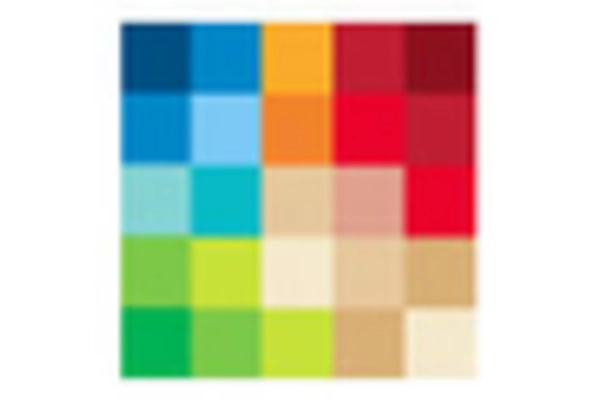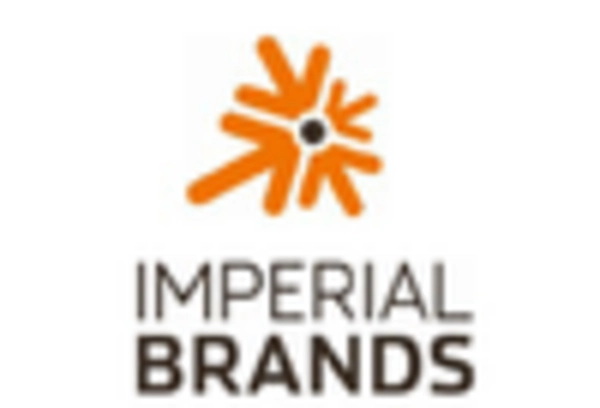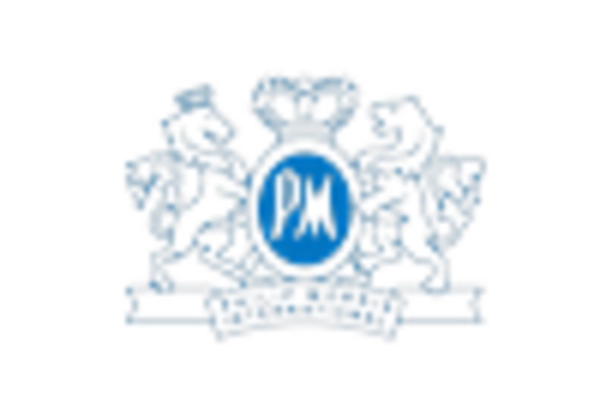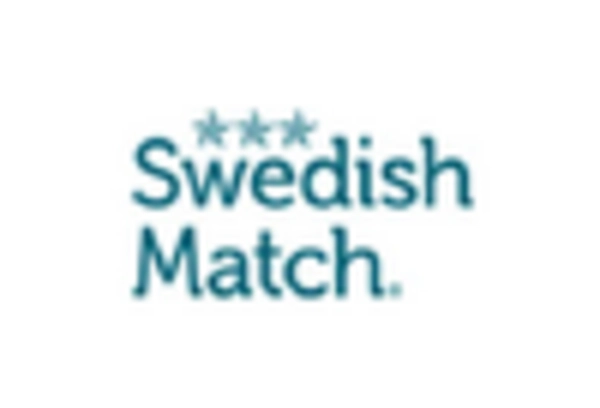Cultural Adaptation
Cultural perceptions of tobacco use are changing, influencing The Global Smokeless Tobacco Industry. In many regions, smokeless tobacco is becoming more socially acceptable, particularly in areas where traditional smoking is declining. This cultural shift is often accompanied by increased marketing efforts that highlight the unique aspects of smokeless products. For example, in South Asia, chewing tobacco has deep-rooted cultural significance, which continues to support its market presence. As cultural acceptance grows, the market for smokeless tobacco is likely to expand, attracting new consumers who may have previously avoided tobacco products.
Regulatory Influences
Regulatory frameworks surrounding tobacco products are evolving, impacting The Global Smokeless Tobacco Industry. Governments are increasingly implementing stricter regulations on traditional tobacco products, which may inadvertently drive consumers towards smokeless alternatives. For instance, bans on smoking in public places and higher taxes on cigarettes have made smokeless tobacco more appealing. In some regions, the market for smokeless tobacco is expected to expand as regulations become more favorable. This shift could lead to an increase in market share for smokeless products, as consumers look for legal and accessible options that comply with new regulations.
Rising Disposable Incomes
The increase in disposable incomes in various regions is contributing to the growth of The Global Smokeless Tobacco Industry. As consumers have more disposable income, they are more likely to spend on premium smokeless tobacco products. This trend is particularly evident in emerging markets, where economic growth is leading to a burgeoning middle class. The willingness to pay for higher-quality products is likely to drive market expansion, as consumers seek out brands that offer superior taste and experience. Consequently, the smokeless tobacco market is poised for growth, with premium products gaining traction among affluent consumers.
Technological Advancements
Innovations in product development are playing a crucial role in shaping The Global Smokeless Tobacco Industry. Advances in manufacturing processes and product formulation have led to the creation of new smokeless tobacco products that cater to diverse consumer preferences. For instance, the introduction of flavored smokeless products has attracted a younger audience, contributing to market growth. Additionally, technology has enabled better quality control and consistency in product offerings, enhancing consumer satisfaction. As these technological advancements continue, they are expected to drive further growth in the smokeless tobacco segment, appealing to a broader range of consumers.
Health-Conscious Alternatives
The increasing awareness of health issues associated with traditional smoking has led to a rising demand for smokeless tobacco products. Consumers are increasingly seeking alternatives that are perceived as less harmful. This trend is particularly evident among younger demographics who are more health-conscious. The Global Smokeless Tobacco Industry is witnessing a shift towards products that offer reduced health risks, such as snus and chewing tobacco. According to recent data, the smokeless tobacco segment is projected to grow at a compound annual growth rate of approximately 4.5% over the next five years. This growth is indicative of a broader trend where consumers are prioritizing their health while still seeking nicotine alternatives.


















Leave a Comment